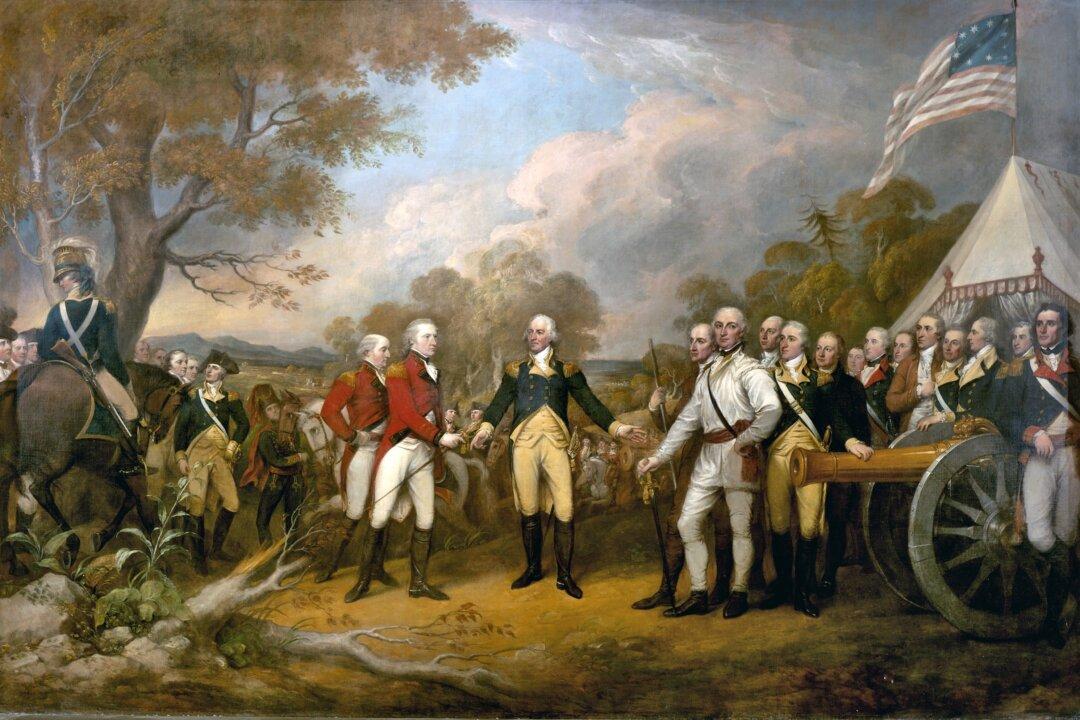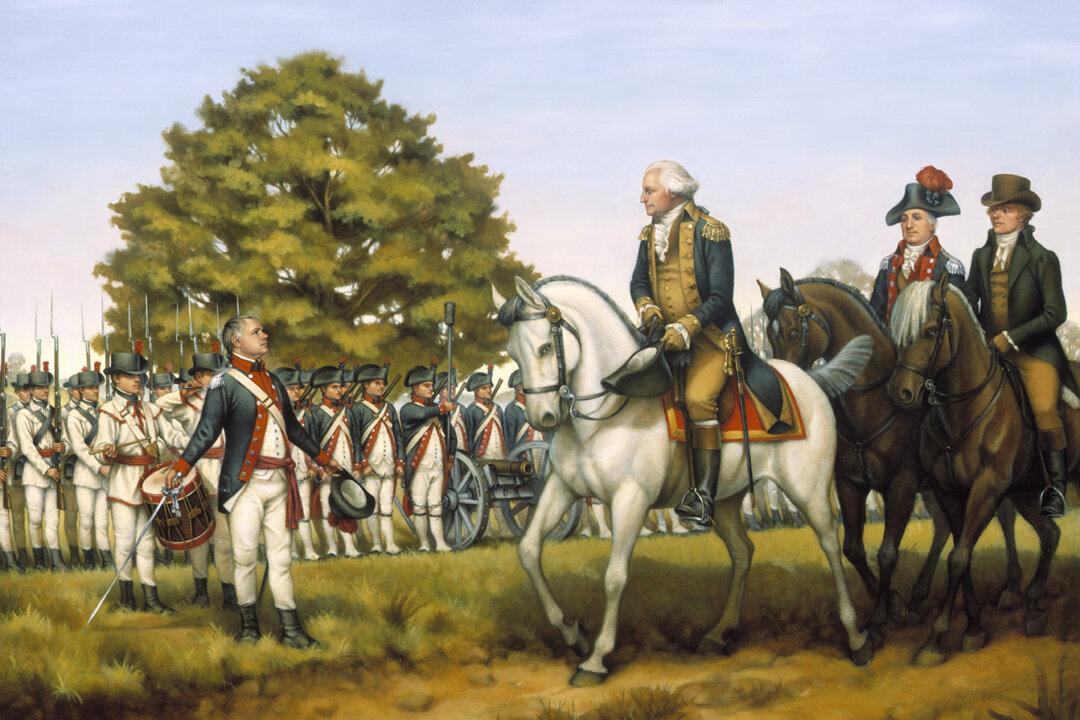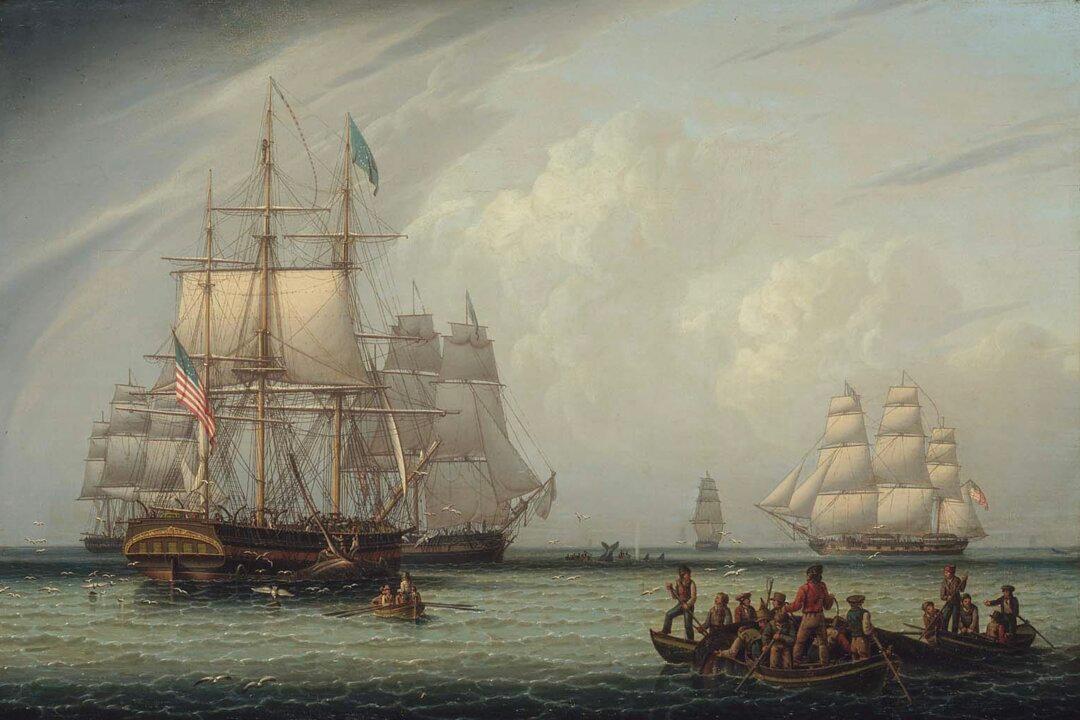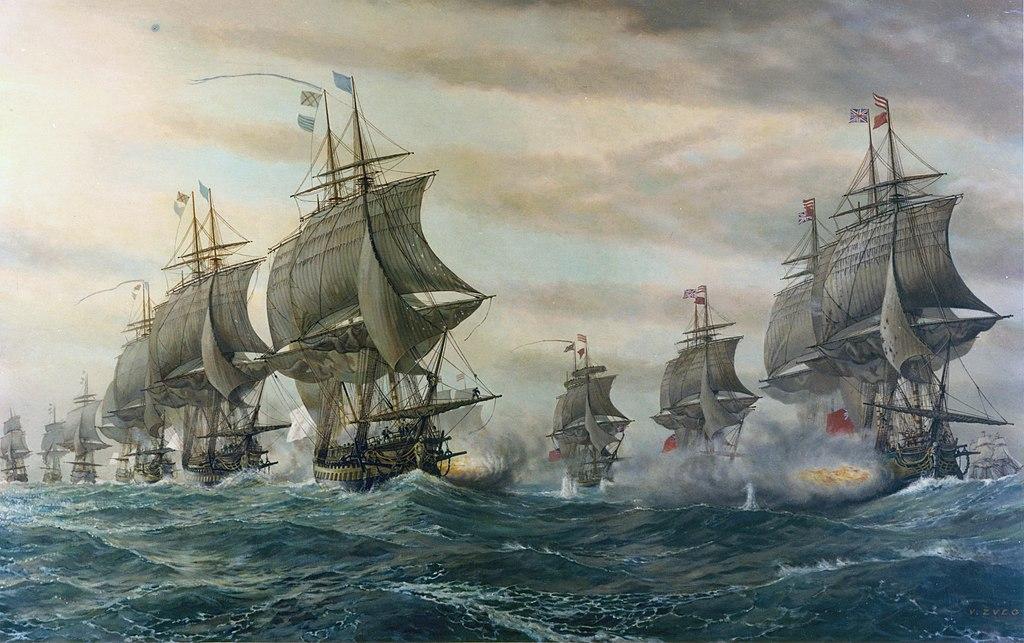The Continental Congress enthusiastically welcomed Thaddeus Kosciuszko to Philadelphia in 1776. Kosciuszko’s engineering skills were urgently needed to build forts, plan defenses, and design fortifications for a young nation at war with the world’s greatest empire.
The Journal of the Continental Congress for October 18, 1776, read: “RESOLVED, that Thaddeus Kosciuszko be appointed an engineer in the service of the United States, with the pay of sixty dollars a month, and the rank of colonel.”





